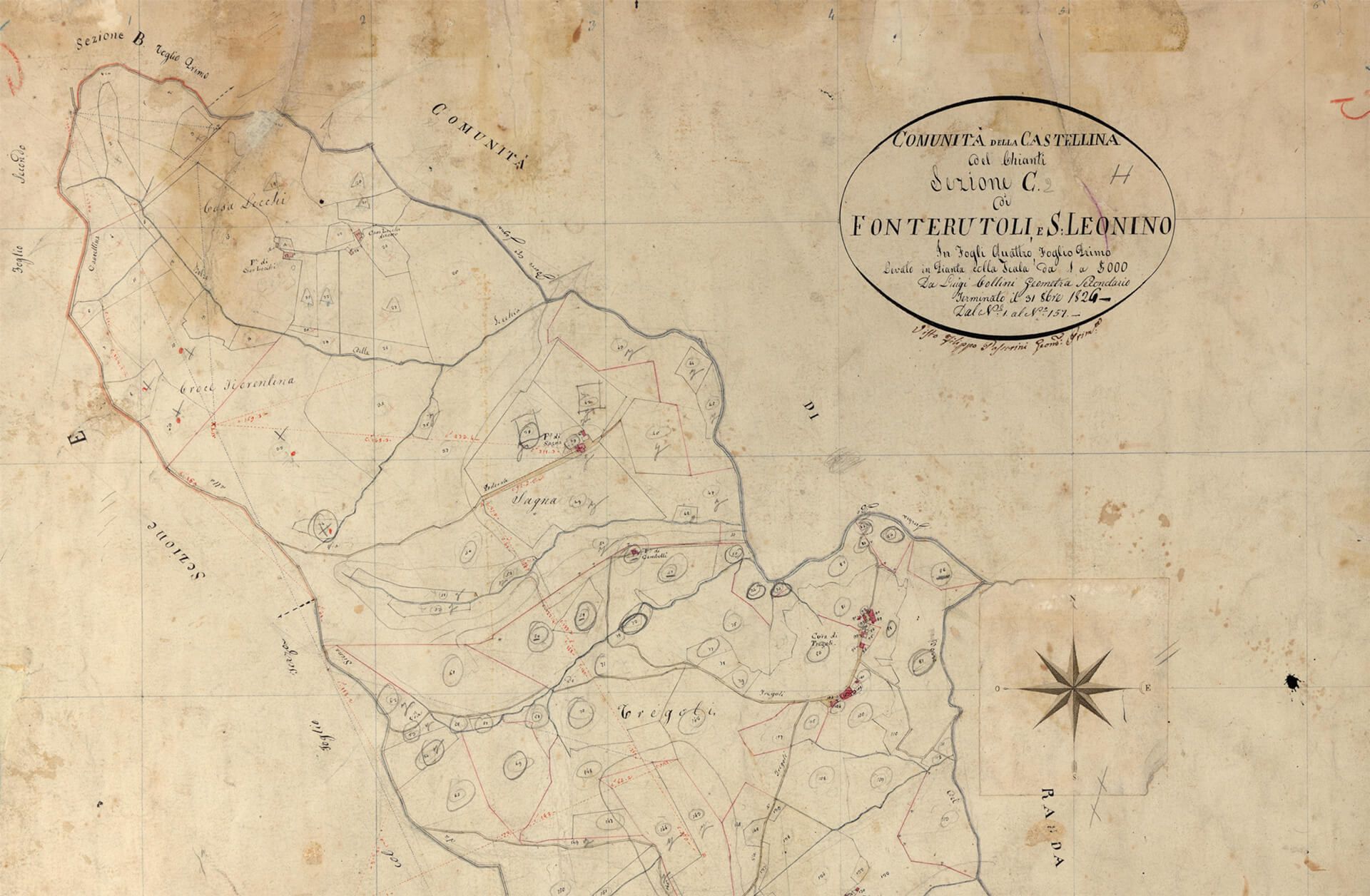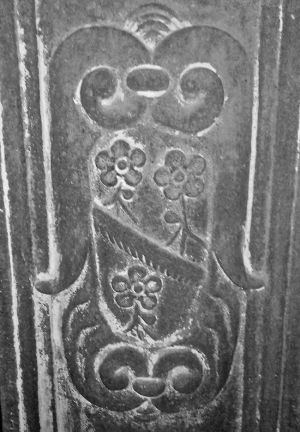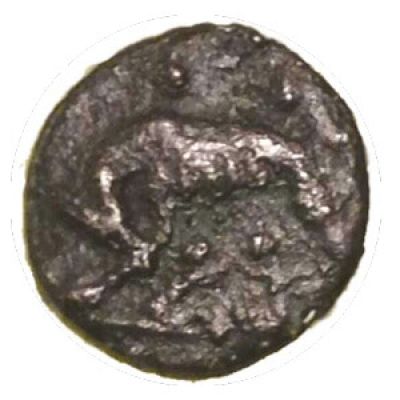
17TH-CENTURY TENUTA CECCATELLI
The history of the podere

Tenuta Ceccatelli is a 17th-century estate where the history of Tuscany seamlessly blends with every inch of the land, with each layer uncovering new stories that interweave the generations of the past with the present. Located in the heart of Chianti Classico on an oak-forested hill, just off the famous Chianti wine route that runs from Florence to Siena, the property is steeped in a rich and diverse past.
Its name is derived from a nearby reservoir that has been known for the quality of its natural spring waters since the Etruscan period. Recently, a study revealed a Roman settlement dating back to 335 A.C.E. during the period of Constantine the Great, and the natural spring waters were coveted by scientists for centuries. The property was later settled by oil and winemakers. Today, guests are invited to unwind amidst the serene rolling Tuscan hills and ancient oak trees.
“In Tuscany, history harmoniously blends with every single inch of the land.”
ARTIGIANI BOTTAI

The land itself dates back to the Etruscan period, 6th century B.C.E, and was once home to artigiani bottai, local wine-barrel makers. The hill became an independent podere farm in 1684 for the esteemed Palagi family from the areas of Tregole, Livernano and San Fedele. In Tregole, the Palagi’s private chapel built by the sons of Piero Palagi in the 17th century is still standing today, dedicated to San Giuseppe, the patron saint, and protector of family fathers, carpenters, and workers.
The emblem, a serrated saw used by local woodmen placed between three flowers, is also present throughout the Palagi family’s history, symbolizing the importance of work in the area. The property is a perfect example of how history blends harmoniously with the land, interweaving the generations of the past with that of today.

In 2017, workers digging in the reservoir area discovered an ancient coin that dates the land back to 335 B.C.E. during the final period of Constantine the Great, linking the land to its Roman roots. This exciting discovery was donated to the Commune of Castellina museum. Additionally, fragments of roof tiles have been found, leading historians to believe that a Roman settlement existed here in the 4th-century B.C.E. Furthermore, evidence from the surrounding hilltops shows that Etruscan communities once occupied the local territory, as seen from the Poggio necropolis located halfway between the towns of Tregole and Fonterutoli and walking distance from Tenuta Ceccatelli. Archeologists have dated this ancient cemetery back to circa 6th century B.C.E. and it is one of the most significant Etruscan archaeological sites in the region. The Podere farm was owned by the Palagi family for over two centuries until it was sold to the Barberi family in 1862, who were heirs of another ancient Tregole dynasty. The Barberi family owned the land until 1942, continuing the local trade of producing wine and extra virgin olive oil for which Tuscany is well-known.


THE PAST RESTORED
Over the centuries, Tenuta Ceccatelli has been steeped in rich history and tales from those who lived and toiled on the estate, all while honoring the land and preserving the culture of Chianti. The Podere farm had been home to farmers long before World War II, who sought to better their fortunes by improving the land through a unique endeavor: training working oxen, which was essential back then for agricultural work. The Mecacci family specialized in this ancient skill and would purchase young oxen to train and sell later on. They were the guardians of age-old rural knowledge, and their legacy still lives on today, woven into the details throughout Tenuta Ceccatelli. After acquiring the property, Tenuta Ceccatelli was lovingly restored by the current owners as a personal passion project. For them, the estate held a special place where their histories and families converged. They meticulously oversaw the restoration process, making sure that every aspect of the estate’s rich character was preserved and celebrated. The result is a captivating blend of original features and thoughtful design, certain to transport you from the moment you step inside Tenuta’s doors.
